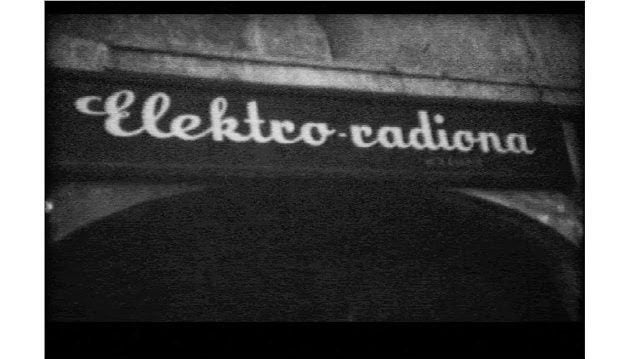Primer 1, 2, 3

Mladen Stilinovic solo show.
galerie frank elbaz is proud to announce Primer 1, 2, 3 Mladen Stilinović’s third solo exhibition at the gallery. Known for his works on the desymbolization of the color red, the exploitation of the dead series, and works around the topics of pain, money, labor, laziness, death, this new exhibition presents Mladen Stilinović through his earliest works: films, photomontages, photographs and collages.
From 1970 to 1977, Stilinović made around 20 short films and one feature film, which were shown at short and experimental film festivals at the time they were created, and later as part of his exhibitions. Shot on 8mm and 16mm film (and one on 35mm), and mostly on only one original tape, they were eventually damaged. Four films: Primer 1, 2, 3 (1973), Write about Un-loneliness 2(1973), Walls, Coats, Shadows (1975) and Time 1 (1977) have been digitized, and three of them have been restored and are now being shown for the first time.
The exhibition title, referring to learning the alphabet and the symbolic beginning of Stilinović’s practice, has been taken from his 5-minute trilogy Primer 1, 2, 3 (1973), an “interactive” film in which the artist asks the viewers to read aloud the words and images from the film, thereby creating a joint work. Close-ups in the first part show advertising signs located above shops; his poem is dissolved into words and letters in short takes; and the fable at the end carries a message about power. The work is symptomatic because it includes many of the artist’s themes and connects the earlier and later works. Poetry is intertwined with everyday life, and the analytical and conceptual approach with a broad interest in context and social issues.
In a similar manner of “collecting facts”, he created the photo series Letter + Image (1976) in which he alternates images of signs above mechanic shops and advertising boards depicting spit-roasted lamb, as well as Photographed Photographs (1975) in which he documents shopfronts of photo studios, revealing his affinity for “street design” in the time of communist Yugoslavia.
In contrast to these works, the film Write about Un-loneliness 2 (1973) has a much more complex and free structure resembling the collages he also made around that time. A sort of self-portrait, or better yet, a diary of solitude which exudes vibrant content: his creative dialogue with life, with art of the past and present, driven by Eros and Thanatos.
An interest in language, which pervades the majority of Stilinović’s works, is predominantly evident in his collages. They are the foundation of his entire oeuvre. In the interaction of words and images, in the overlapping of the poetic speech and political and everyday expressions, in free associations that emerge from this encounter, Stilinović creates a “transrational language” (zaum) which, although referring to social topics, mediates poetic thought and points to his primary desire to use language non-ideologically.
„But film“ – writes film theorist Diana Nenadić – „still has a privileged status in his artistic system. It functions as an autonomous language, at the same time striving towards a bidirectional overstepping of boundaries, providing the author with (montage) techniques applicable in other visual media. For Stilinović, film is, above all else, a space of the creative aggregation of knowledge and the energies accumulated from the exploration of modern age libraries, film archives and galleries and the experiences of historical avant-gardes, as well as the dissociated observation of the ideologically ‘occupied’ socialist reality in which he had lived and participated through observation in the events which simultaneously documented and defined, transcended and subverted this reality.”
– Branka Stipančić